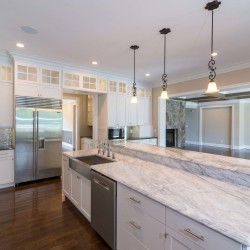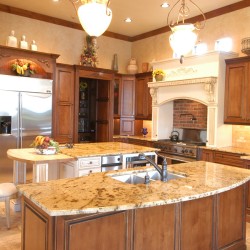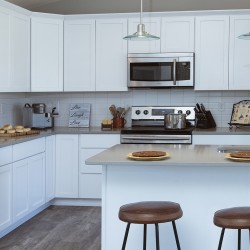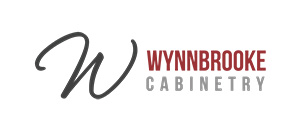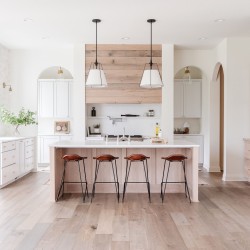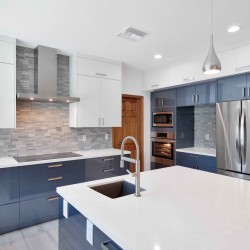Cabinets
Crestwood

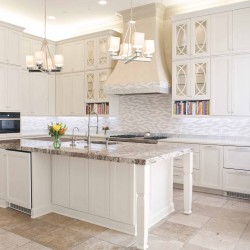
Farmhouse and Cottage styles are as popular today as ever and StarMark has many door styles – some bold, some subtle – to choose from. This is Xavier in Oak with Driftwood stain.
Koch
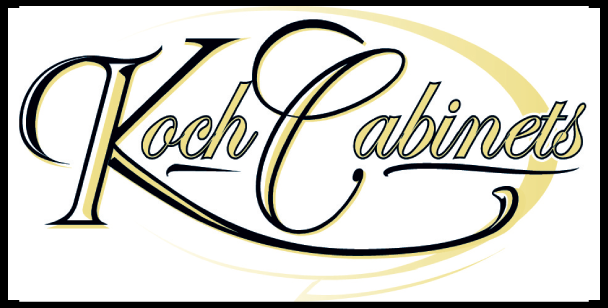
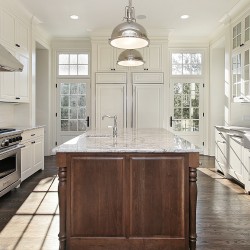
Tired of cluttered countertops and messy cabinets? Waypoint offers plenty of organization accessories you'll want to include in your remodel. Say goodbye to chaos and hello to an organized oasis!
Waypoint

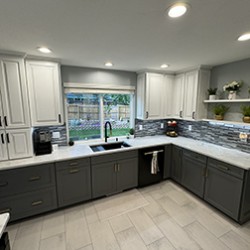
Waypoint offers perhaps the best value for their price: plywood sides, dovetail drawers, soft-closing, catalyzed finishes, and shipping.
Wolf
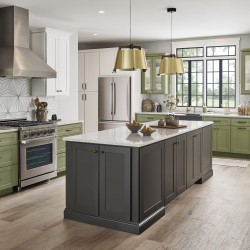
Wolf's five lines run the gamut from builder grade boxes that can ship within a week to fully loaded custom cabinets that are at home in any home.
Sollid
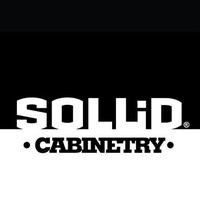
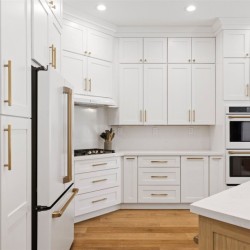 Not displayed in store
Not displayed in store
Established in 2008, SOLLiD® is a family owned, semi-custom cabinet manufacturer with headquarters in Chandler, committed to serving the western United States and providing beautiful, high-quality cabinetry at a great price.
What to know
At their simplest, cabinets are just boxes hanging on a wall. Yet they can have 40% price swings within a manufacturer's offerings. Let's discuss some of the causes.
- Probably the biggest determinant is the door, which can lead to 40% or greater price swings within the same brand. More intricate designs take longer to product, so they cost more. On a smaller scale, doors "overlay" the frame behind them; full overlay doors cover more frame because they're slightly bigger, thus they cost more.
- Drawers take much longer to produce and comsume more wood, so drawer bases cost more than the traditional cabinet with a top drawer and a door below. Also, dovetailed drawers cost more than stapled ones, though they should last longer, while the soft-closing mechanisms are so much beefier than the side metal runners.
- Wood species affect the prices. Cherry usually costs more than maple, which costs more than oak. Fuggedabout the walnuts or mahoganys.
- Cabinet makers could offer all colors on each door, but you can generally bet that if a company feels a particular color will be more popular, they'll sell it at a premium. That said, carrying more inventory is more expensive for the factory.
- Some factories use spray boxes for their finishes, while others hand wipe to let the graining show through more. Glazing or penciling can add highlighting inside grooves, but they're also applied by hand. The same is true with distressing, where factory worker attack the doors with all sorts of tools to give them a worn look; you might want to ask your dog to scratch your cabinets for free.
- Each manufacturer offers different levels of craftsmanship. Some can adjust boxes by 1/16” increments in any directions; or have a "You Draw It" program, where they'll make a custom design for you; or they can apply a valance at the factory before staining, so you won't notice the seams.


